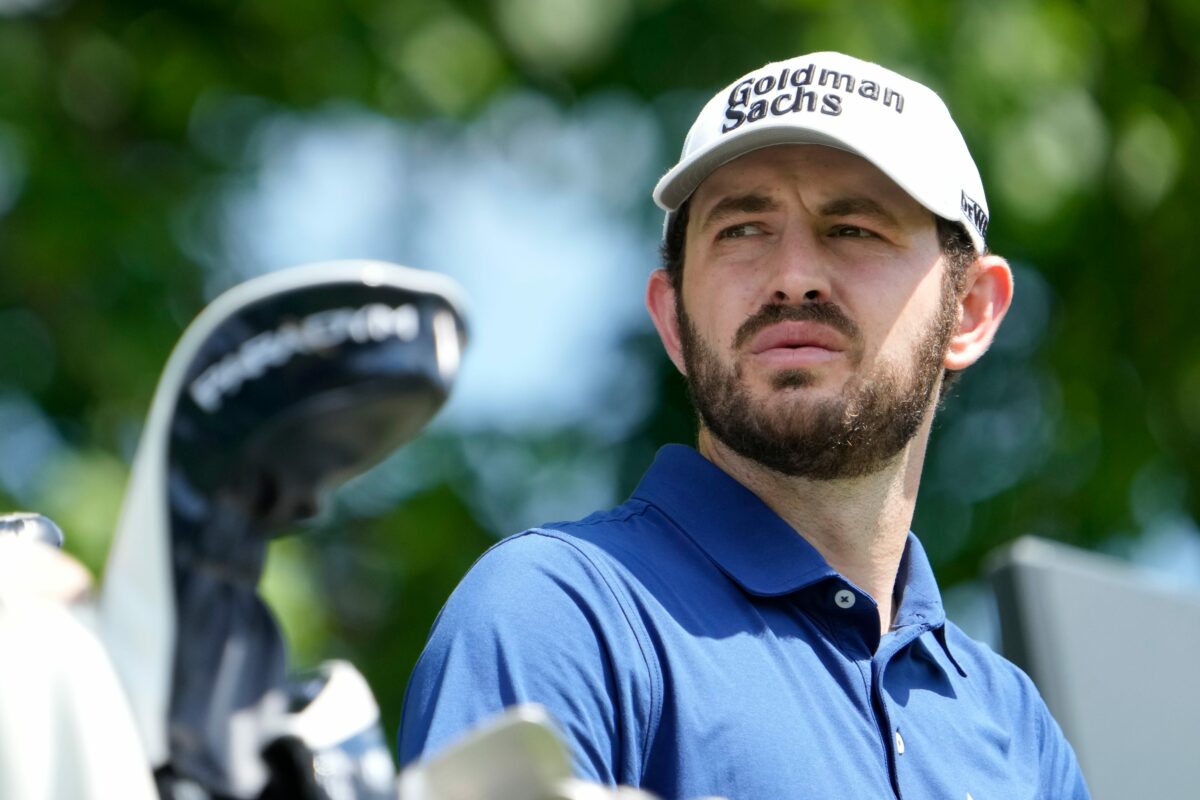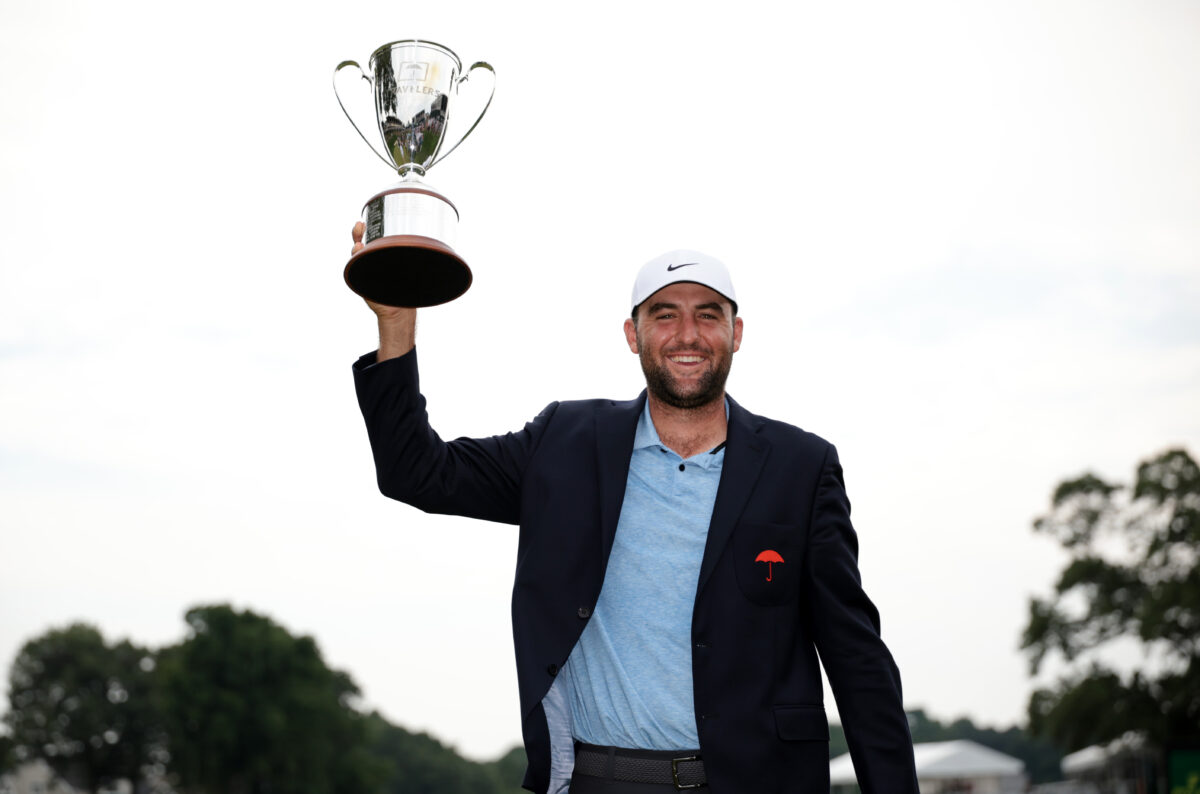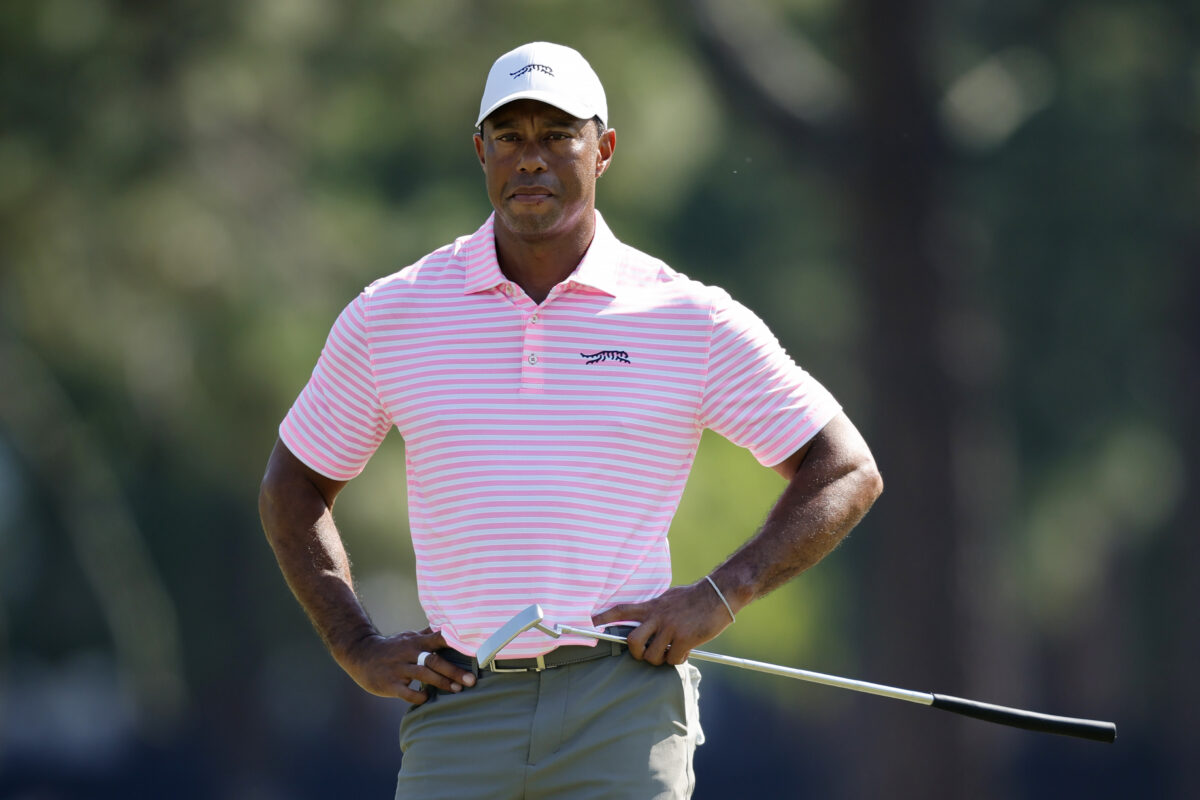The PGA Tour announced a few minor tweaks last week for next season’s signature events but that is the low-hanging fruit.
Change is coming.
Reduced fields? Relegation? Korn Ferry Tour majors? Fewer exempt players? All this and more are being discussed by the 16-member Tour’s Player Advisory Council and could be implemented as soon as the 2026 season. The PGA Tour declined to comment for this story other than to say, “the PAC and player directors are actively involved in all facets regarding the future of the PGA Tour,” and some PAC members declined too, but not all of them.
“For the first time in a while I was excited after our last PAC meeting (in Fort Worth during the Charles Schwab Challenge),” said veteran pro Kevin Streelman. “We started talking and spitballing ideas about what things could look like. There were some ideas that seemed very good and would bring some consistency and true competitiveness to the top players in the world and still give a soft landing and a hopeful resurgence and opportunity if you fall off.
“There’s this super tour up here that everyone wants to be on, the big tournaments. But then you still want to be able to play and support your family and some hope of getting back. There were some cool ideas of relegation and promotion going both ways.”
Lanto Griffin said there’s support among the PAC for reducing tournament sizes to 120 players across the board regardless of regular or signature event. To do so, they would reduce the number of players that keep exempt status from 125 – the number 100 has been bandied around as a better figure although Rory McIlroy has suggested going even lower – and staggering down to the low figure over the course of several years.
“I think it’d be gradual, so that’s 125 to 120, 120 to 115 to slowly push lower and have less Q-School and Korn Ferry graduates,” Griffin said.
He said that they need to shape the schedule so the best players continue to play against each other as much as possible but also allow all exempt players to have a fair shake. He noted that Q-School and Korn Ferry Tour graduates are at a distinct disadvantage under the current system.
“They’re playing on the B-tour this year,” he said. “In an ideal world, the PGA Tour should be 20-22 tournaments from January to August. I know that’s not every week. Then have some tournaments go to the Korn Ferry Tour just throwing random names – (Cognizant), a Valero, a Dominican, those are Korn Ferry majors, you win one of those and you get promoted (in-season). It’s just an idea of having it where two signature events in a row, week off, three on, whatever it needs to be to where the top guys don’t have to play every week; they are still playing together but it’s 120 (man fields). If you get your card through Korn Ferry, it’s top 20 or top 25, you’re in those. We all think that’s the ideal situation, whether or not it’ll get there, who knows, it’s nowhere close.”
Griffin added: “Sam Burns came up to me (at the RBC Canadian Open) and said he’s talked to a lot of people about what I said at the PAC meeting and he was like, ‘Everybody that I’ve talked to agrees.’ They’re on board with it.”
Peter Malnati, a player director on the Tour policy board, confirmed that such conversations have reached the board level but said they are in the early stages of discussions. Reducing field sizes from 156 brings the question of how many members can the Tour realistically have and still provide enough starts?
“Those are the questions we’re just starting to tackle. If we’re going to minimize the size of the membership gradually over the next few years, we’ve got to create a platform where guys are motivated to go play and earn their way back to the Tour. What we have now is a survival tour,” Malnati said. “That excites me that that is something we’re thinking about as a leadership group.”
Streelman said much of the conversation spilled over after the last PAC meeting concluded and that Jason Gore, the PGA Tour’s chief player officer, has been intimately involved in shaping the changes.
“I’d say we’re diligently working to try to appease the top players, our marketing partners, our fans and the integrity of the Tour and their competitions to deliver the greatest product and highlight the best players week after week,” Streelman said. “This was the first time I was pretty stoked about the direction we may be headed. I hope we get it right and I think we will get it right. We’re working hard on it.”
Malnati said that the Tour has drawn inspiration from Theo Epstein of SSG, who gave a presentation in April that showed how Major League Baseball created a spreadsheet of categories with headers such as “this is possible and it can help,” “this is very unlikely and it can help,” “this is very farfetched and it can help.” There were nine categories in all.
“In 2014, one of the ideas that was under a header of ‘we’ll never do it because it violates our tradition’ was a pitch clock. They thought it was too far out there and would never happen. Here we are and there’s a pitch clock and it’s been very well received,” Malnati said.
The pitch clock was implemented last season and has been a big success in reducing game time. So it’s possible that even the most far-fetched ideas thrown out by Griffin and company may have merit.
“That’s where the Tour is now: how can we hang on to the traditions that are really important while making the product the best it can be?” Malnati said. “Part of the mission statement was to provide playing opportunities for the membership. How do we hold on to that tradition but also make sure those playing opportunities are high-quality playing opportunities?”
Last week the Tour approved two adjustments for signature events starting next year: an exemption for Tiger Woods and a minimum field of 72 players with an alternate list to maintain that number in the event of a withdrawal. Expect next year’s schedule to be pretty similar, Streelman said, noting it has to follow the Tour’s governance policies. Field size reductions and fewer exempt players would be implemented no sooner than 2026.
“Things will start to be discussed in the summer, voted on in the fall,” Streelman said.
For now, there are intriguing ideas being explored at the PAC level, the best of which will rise to the board level.
“It’s nowhere close to being official by any means,” Griffin said. “So a lot of wait and see.”







